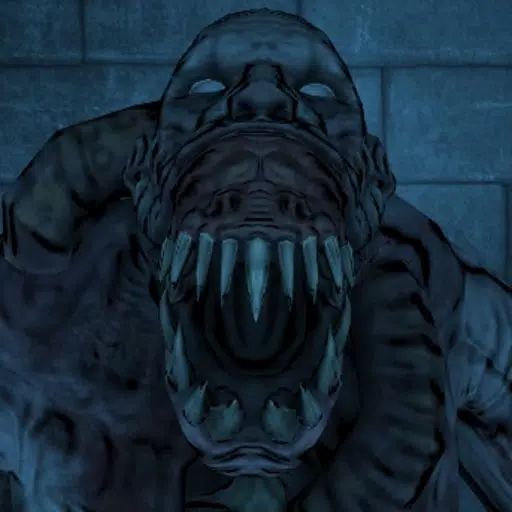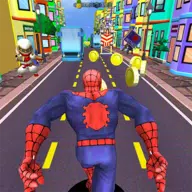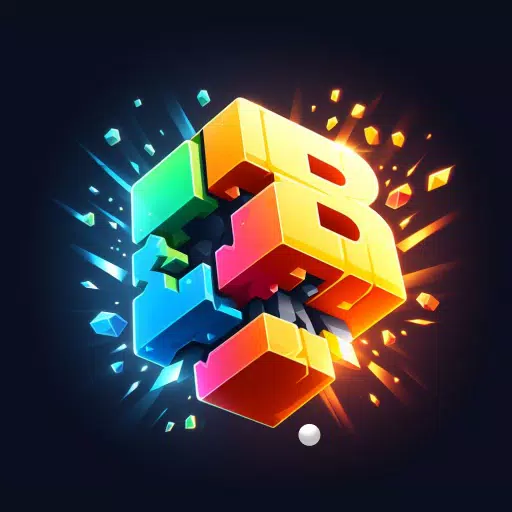As teased by Nintendo, Nvidia has now shed light on the custom GPU that powers the highly anticipated Nintendo Switch 2. While the details provided didn't satisfy the curiosity of tech enthusiasts to the fullest, they certainly piqued interest. In a detailed blog post, Nvidia confirmed the GPU's capabilities, echoing what IGN had reported from Nintendo earlier: it supports AI upscaling via DLSS and ray tracing.
Nvidia's DLSS, or Deep Learning Super Sampling, leverages AI to upscale lower-resolution images in real-time, thereby enhancing both performance and visual quality in games. The company further elaborated on the Switch 2's GPU, describing it as a "custom Nvidia processor featuring an Nvidia GPU with dedicated RT Cores and Tensor Cores for stunning visuals and AI-driven enhancements."
Nvidia highlighted the immense effort behind the console, stating: "With 1,000 engineer-years of effort across every element — from system and chip design to a custom GPU, APIs and world-class development tools — the Nintendo Switch 2 brings major upgrades." These upgrades include the capability for up to 4K gaming in TV mode and up to 120 FPS at 1080p in handheld mode. The Switch 2 also supports HDR and AI upscaling to enhance visuals and gameplay smoothness.
The introduction of new RT Cores enables real-time ray tracing, which Nvidia claims will deliver "lifelike lighting, reflections, and shadows for more immersive worlds." Meanwhile, the Tensor Cores power AI-driven features like DLSS, which boosts resolution for sharper details without sacrificing image quality. Additionally, these cores facilitate AI-powered face tracking and background removal in video chats, enhancing social gaming and streaming experiences.
During the Nintendo Direct, Nintendo introduced the C button, a new feature for chat functionality that uses an external camera and the Switch 2's built-in microphone. The technology is designed to intelligently focus on the player's voice while filtering out background noise.
Nvidia made a bold claim about the Switch 2's performance, stating: "With 10x the graphics performance of the Nintendo Switch, the Nintendo Switch 2 delivers smoother gameplay and sharper visuals." However, the specifics of how this performance was measured were not disclosed, leaving it to experts like Digital Foundry to analyze once the Switch 2 launches in June.
Nintendo Switch 2 System and Accessories Gallery
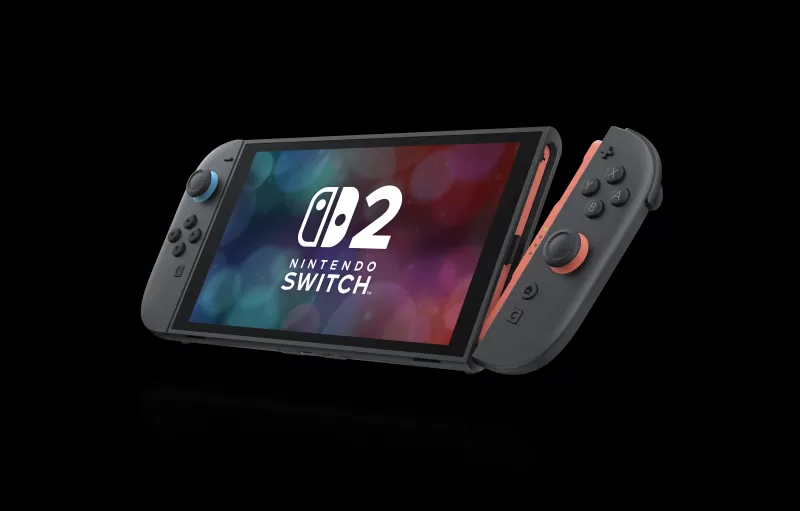
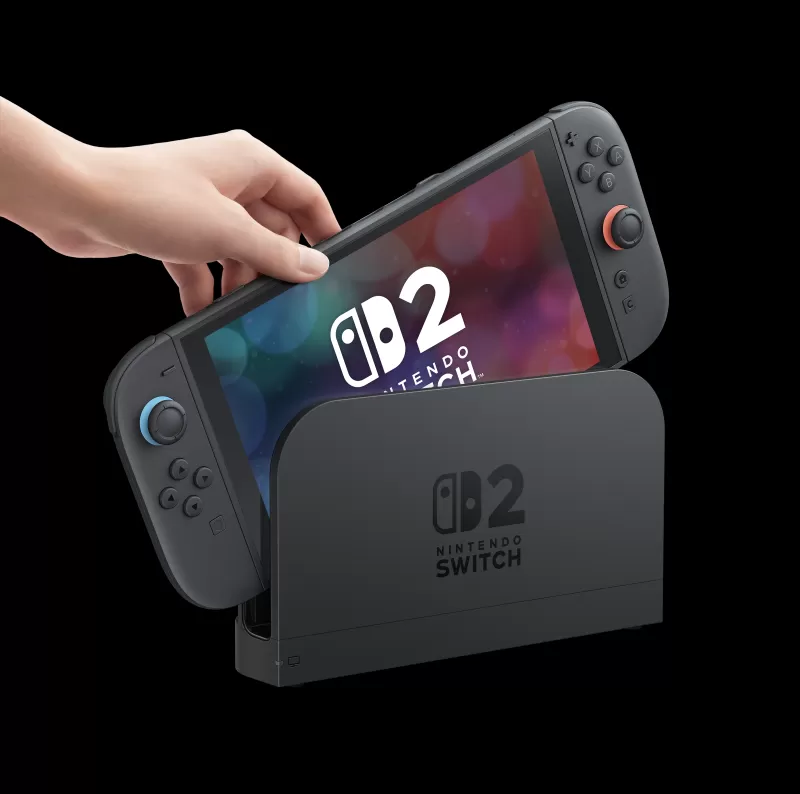 91 Images
91 Images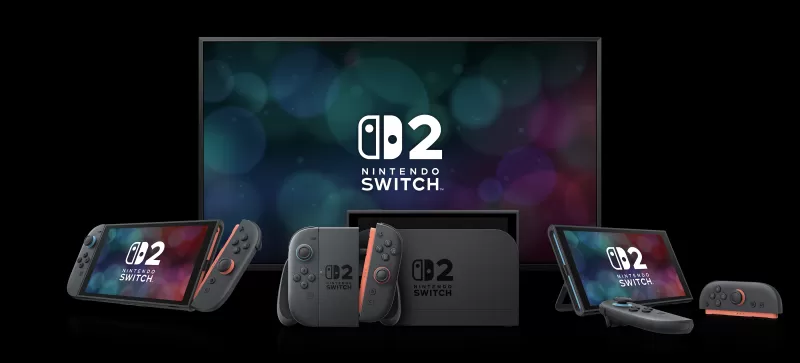

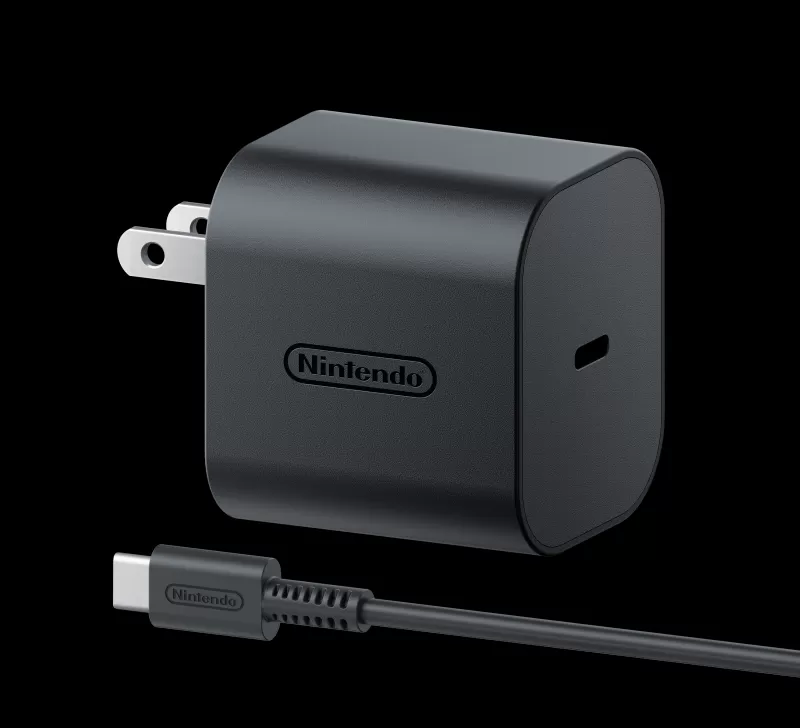
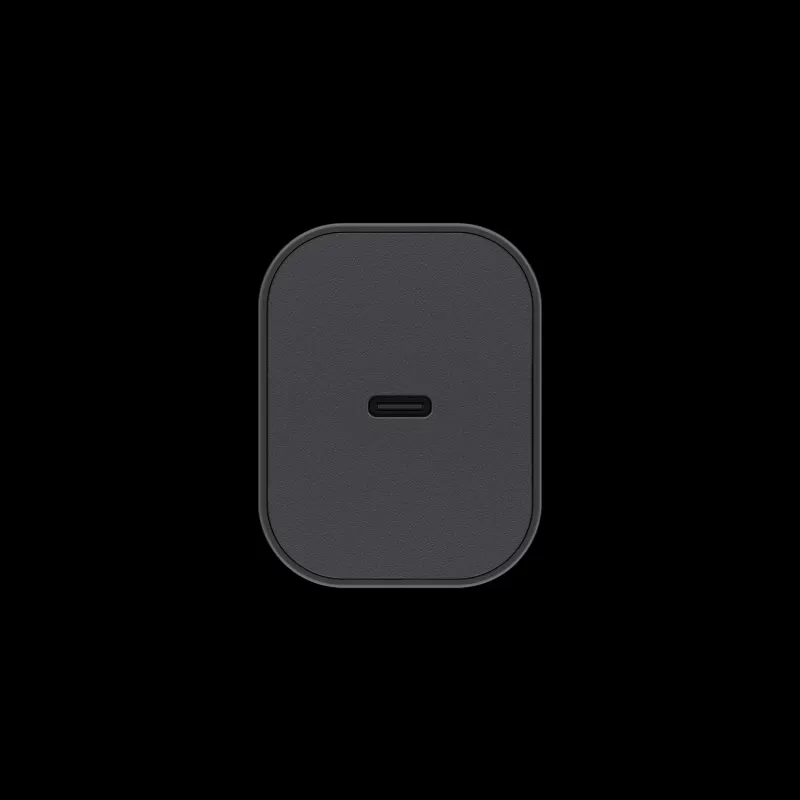
Nvidia further noted that the Tensor Cores "boost AI-powered graphics while keeping power consumption efficient," and the RT Cores "enhance in-game realism with dynamic lighting and natural reflections." Additionally, Variable Refresh Rate (VRR) via Nvidia G-SYNC in handheld mode "ensures ultra-smooth, tear-free gameplay."
In a hardware-focused Q&A session in New York, attended by IGN, Nintendo confirmed the use of DLSS in the Switch 2 but remained vague on specifics such as the version of the technology or any customizations made for the console. Similarly, when discussing the GPU's ray tracing capabilities, Nintendo's response was non-committal.
Tetsuya Sasaki, General Manager at Nintendo’s Technology Development Division, and Senior Director at its Technology Development Department, emphasized Nintendo's approach to hardware disclosure: "Nintendo doesn't share too much on the hardware spec. What we really like to focus on is the value that we can provide to our consumers. But I do believe that our partner Nvidia will be sharing some information."
AnswerSee ResultsIn January, a patent surfaced online that had been filed in July 2023 and published earlier this year. The patent described an AI image upscaling technology aimed at keeping video game download sizes manageable for physical game cartridges while still offering up to 4K textures.
For more information, be sure to check out everything announced at the Switch 2 Nintendo Direct, and see what the experts have to say about the Switch 2 price and Mario Kart World’s $80 price tag.


